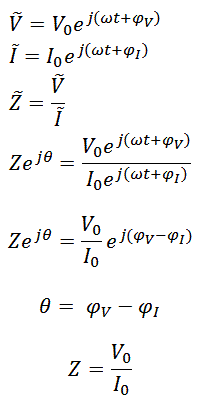What caused the 30 degree lag?
Bondo, it does not matter what caused the lag.
These are functions of time. They are NOT RMS equations.
The evaluation of the sine functions returns REAL not complex numbers--no phase angles either.
You need to review instantaneous equations in Ch. 1 of your AC Circuits text.




